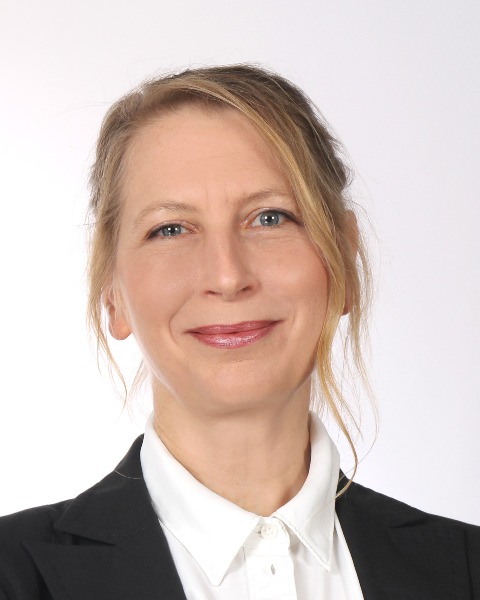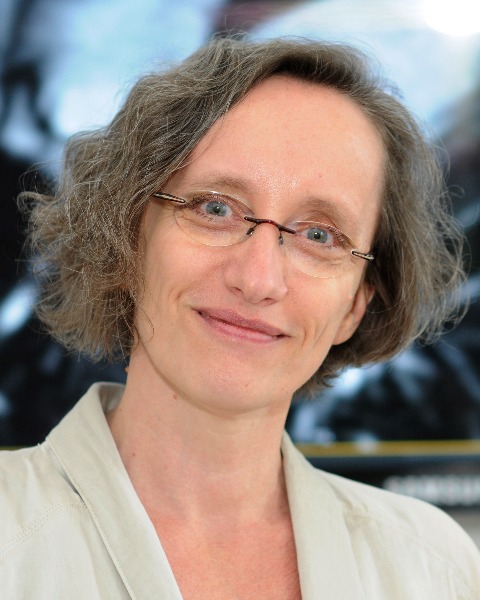Rapid Fire Abstracts
Lumos – software for multi-level multi-reader comparison of LGE scar quantification (RF_FR_305)
- PR
Philine Reisdorf, MSc
PhD Student
Charité – Universitätsmedizin Berlin, Germany - PR
Philine Reisdorf, MSc
PhD Student
Charité – Universitätsmedizin Berlin, Germany - JG
Jonathan Gavrysh, MD
Clinical Scientist
Charité/Helios Berlin-Buch, Germany - CA
Clemens Ammann
Physician
Charité – Universitätsmedizin Berlin, Germany - MF
Maximilian Fenski, MD
MD
Charité Berlin , Germany - MH
Markus Huellebrand
Research Scientist
Deutsches Herzzentrum der Charité, Germany 
Christoph Kolbitsch, PhD
Head of Working Group on Quantitative MR
Physikalisch Technische Bundesanstalt, Germany- SL
Steffen Lange
Professor for Theoretical Computer Science
Hochschule Darmstadt, Germany 
Anja Hennemuth, Dr.-Ing.
Professor for Digital Image Analysis and Modeling
Charité – Universitätsmedizin Berlin, Germany
Jeanette Schulz-Menger, MD
Head Working Group Cardiac MRI
Charité/ University Medicine Berlin and Helios, Germany- TH
Thomas C. R Hadler, PhD
Postgraduate
Charité - Universitätsmedizin Berlin, Germany
Presenting Author(s)
Primary Author(s)
Co-Author(s)
Offering characterisation of tissue, cardiovascular magnetic resonance imaging (CMR) is an important tool in clinical routine as well as research1. The detection of fibrotic tissue by CMR late gadolinium enhancement (LGE) is accepted as gold standard.
In post-processing, scars can be quantified by various thresholding methods like full width half maximum (FWHM), or number of standard deviations (nSD). The threshold is based on the manual annotation of the myocardium and region of interest (Fig. 1). The amount of measured scar is influenced by different confounders, such as the reader or method used.
The AIM was to develop a multi-level, multi-reader comparison software (Lumos) that is able to examine differences between different readers and thus support the quality assurance of scar quantification.
Methods:
The two-reader comparison software Lazy Luna2,3 was extended to multiple readers. Lumos’s user interface (UI) was designed and implemented with statistical and case specific tabs for multi-reader comparison of clinical parameters and annotations. A dataset encompassing 20 LGE cases from the open access EMIDEC dataset4,5 was used as an application case.
Besides the ground truth annotations of the EMIDEC dataset5, manual annotations of the myocardium and ROI were added and utilized as groundwork for different thresholding methods (FWHM, 2SD-7SD), producing additional annotations of the fibrotic tissue . EMIDEC gold was defined as one reader, each of the thresholding methods as the other readers. Lumos’s backend calculated clinical parameters such as the scar percentage.
Results:
The multi-level multi-reader comparison software Lumos was successfully developed. Lumos displayed the variation in the scar percentage between different readers simultaneously (Table 1). Lumos’s multiple boxplots in the statistical tab (Fig. 2) allowed for clinical result comparison and for the detection of trends and outliers.
By clicking on an outlier Lumos automatically opens the case tabs offering histograms and figures with overlapping annotations (Fig. 2). The user can choose the annotation type and thus compare the myocardial annotation, the scar annotations and the underlying ROI throughout the readers for each individual slice of the selected case.
By connecting the statistical with the case specific information Lumos offers the possibility to trace back to the underlying confounders. Big differences between readers on a statistical level can be traced back to case specific information such as the agreement of the myocardial annotations, the distribution of the ROI in the myocardial histogram and the position of the threshold per slice.
Conclusion: Lumos was successfully designed and implemented as multi-level multi-reader comparison software. Tracing reader differences is the main feature and can aid in quantifying LGE statistically and qualitatively. The visualisations offered, like the histograms, may help for a better confounder comprehension.

